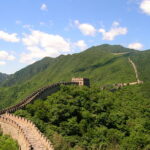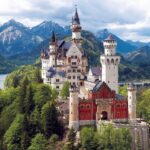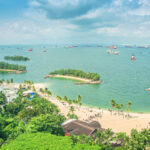
Austria is a country in the southern part of Central Europe. It is a federation of nine states, one of which is the capital Vienna, the largest city and state by population. The country is bordered by Germany to the northwest, the Czech Republic to the north, Slovakia to the northeast, Hungary to the east, Slovenia and Italy to the south, and Switzerland and Liechtenstein to the west. It occupies a landlocked area of 83,879 km2 (32,386 sq mi) and has a population of 9 million people. (Source from Wikipedia)
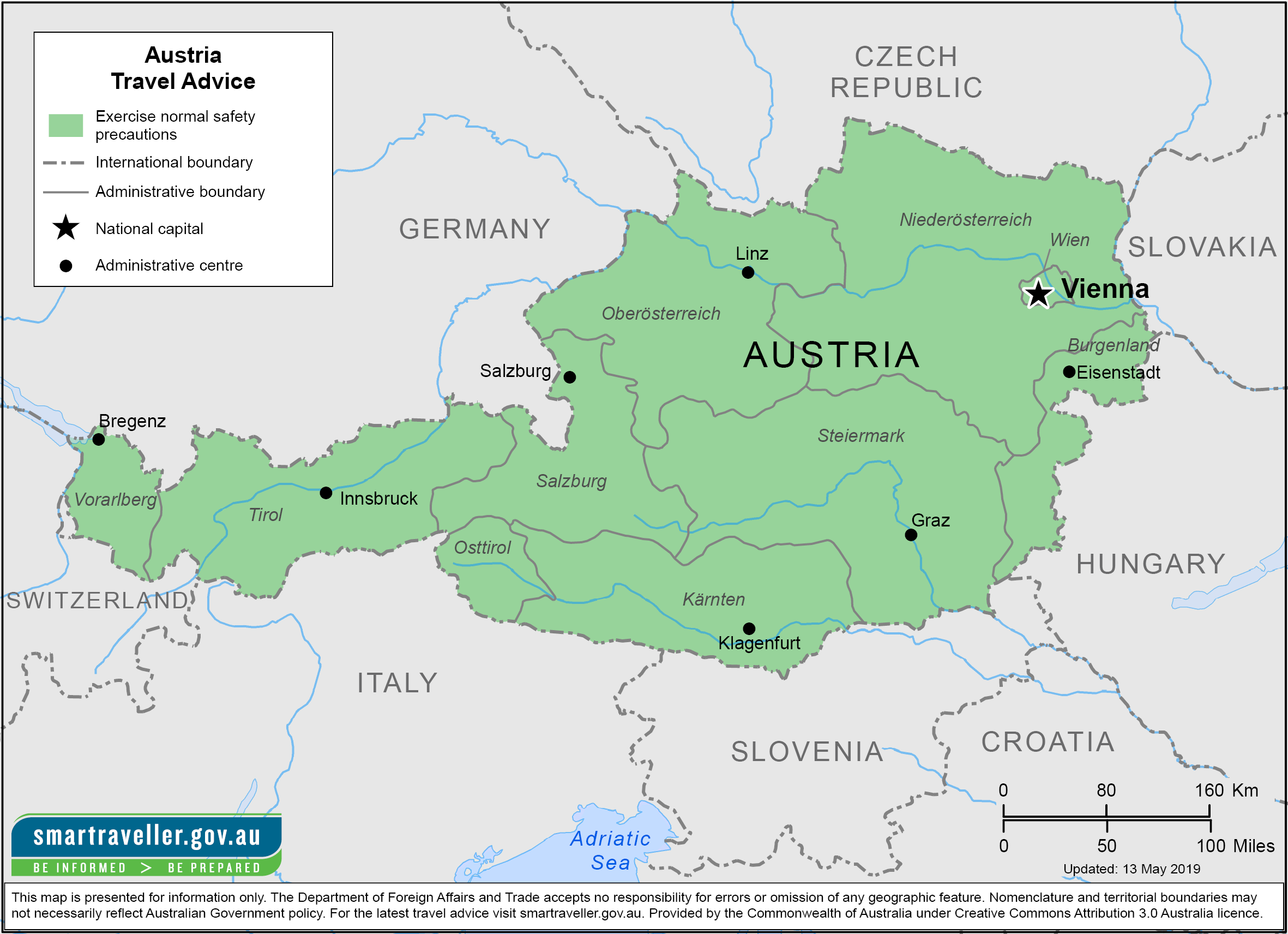

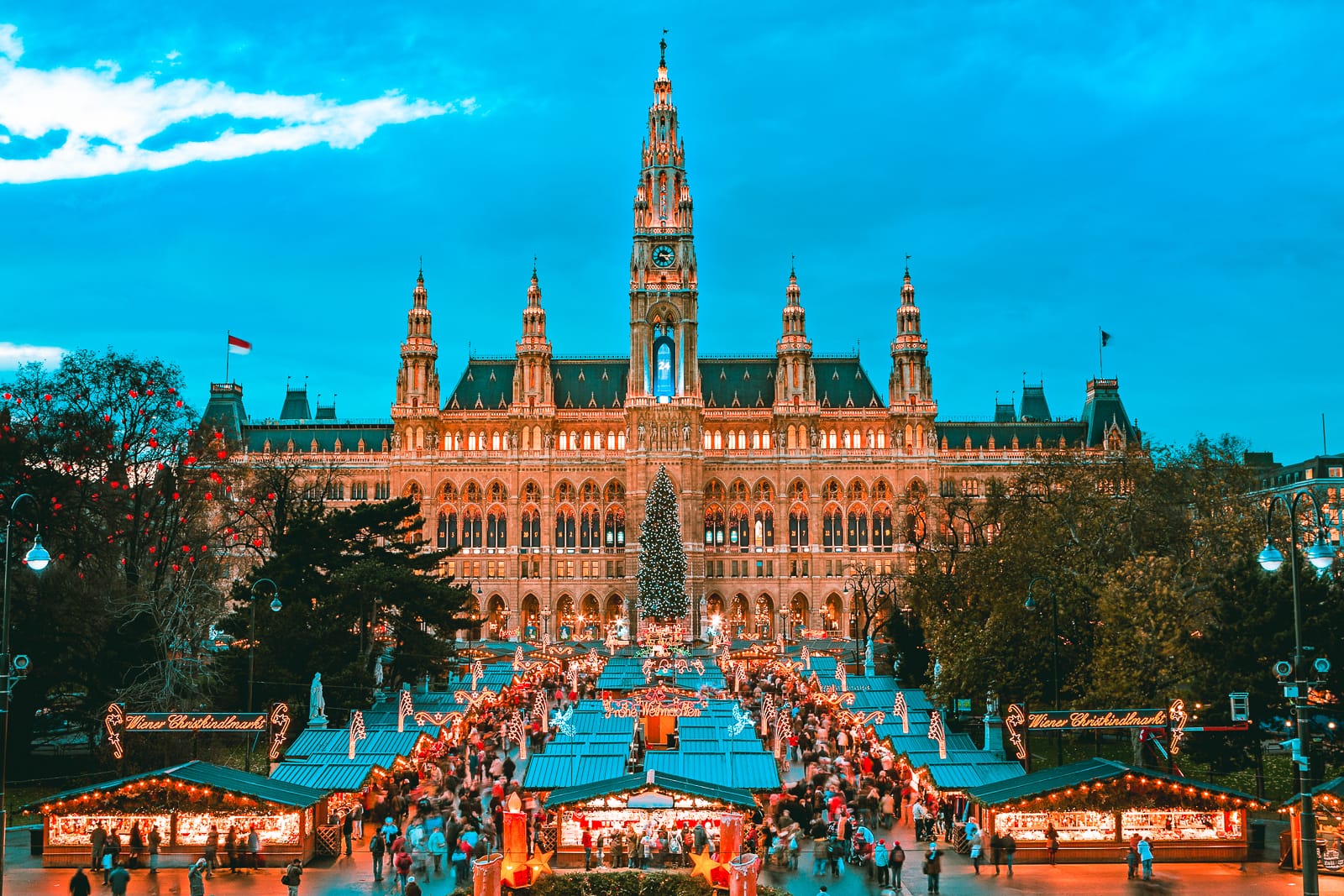
1. Vienna
Vienna is the national capital, largest city, and one of nine states of Austria. Vienna is Austria's most populous city, with about two million inhabitants (2.9 million within the metropolitan area, nearly one third of the country's population), and its cultural, economic, and political center. It is the 6th-largest city proper by population in the European Union and the largest of all cities on Danube river.





2. Salzburg
Salzburg is the fourth-largest city in Austria. In 2020, it had a population of 156,872. The town is on the site of the Roman settlement of Iuvavum. Salzburg was founded as an episcopal see in 696 and became a seat of the archbishop in 798. Its main sources of income were salt extraction, trade and gold-mining. The fortress of Hohensalzburg, one of the largest medieval fortresses in Europe, dates from the 11th century. In the 17th century, Salzburg became a center of the Counter-Reformation, with monasteries and numerous Baroque churches built. Salzburg's historic center is renowned for its Baroque architecture and is one of the best-preserved city-centers north of the Alps. The historic center was enlisted as a UNESCO World Heritage Site in 1996. The city has three universities and a large population of students. Tourists also visit Salzburg to tour the historic center and the scenic Alpine surroundings.




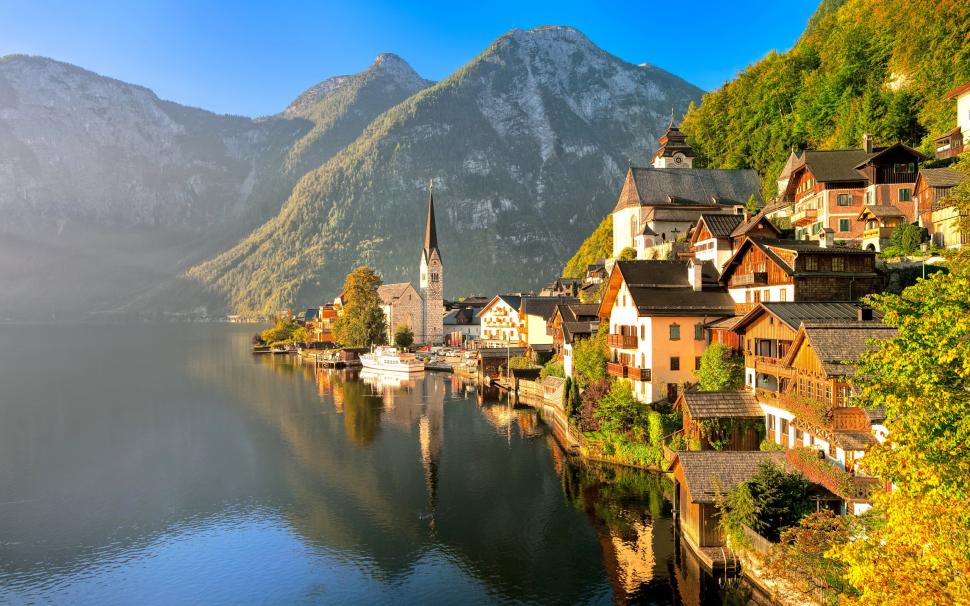
3. Salzkammergut
The Salzkammergut is a resort area in Austria, stretching from the city of Salzburg eastwards along the Alpine Foreland and the Northern Limestone Alps to the peaks of the Dachstein Mountains. The main river of the region is the Traun, a right tributary of the Danube.





4. Innsbruck
Innsbruck is the capital of Tyrol and the fifth-largest city in Austria. On the River Inn, at its junction with the Wipp Valley, which provides access to the Brenner Pass 30 km (18.6 mi) to the south, it had a population of 132,493 in 2018. In the broad valley between high mountains, the so-called North Chain in the Karwendel Alps (Hafelekarspitze, 2,334 metres or 7,657 feet) to the north and Patscherkofel (2,246 m or 7,369 ft) and Serles (2,718 m or 8,917 ft) to the south, Innsbruck is an internationally renowned winter sports centre; it hosted the 1964 and 1976 Winter Olympics as well as the 1984 and 1988 Winter Paralympics. It also hosted the first Winter Youth Olympics in 2012. The name means "bridge over the Inn".





5. Zell am See
Zell am See is the administrative capital of the Zell am See District in the Austrian state of Salzburg. The town is an important tourist destination known as Zell am See-Kaprun and is a transportation hub for the region. The Zell Valley is a corridor in the Kitzbühel Alps, connecting the Saalfelden Basin of the Saalach River in the north and the Salzach in the south. Zell am See is located approximately 100 kilometres (60 mi) east of Innsbruck and 30 km (20 mi) north of the Grossglockner. The Old Village (Altstadt) centre of Zell am See is located on the western shore of the 68-metre-deep (223 ft) Lake Zell, with the villages of Thumersbach to the east, Erlberg to the southeast, and Schüttdorf directly to the south.




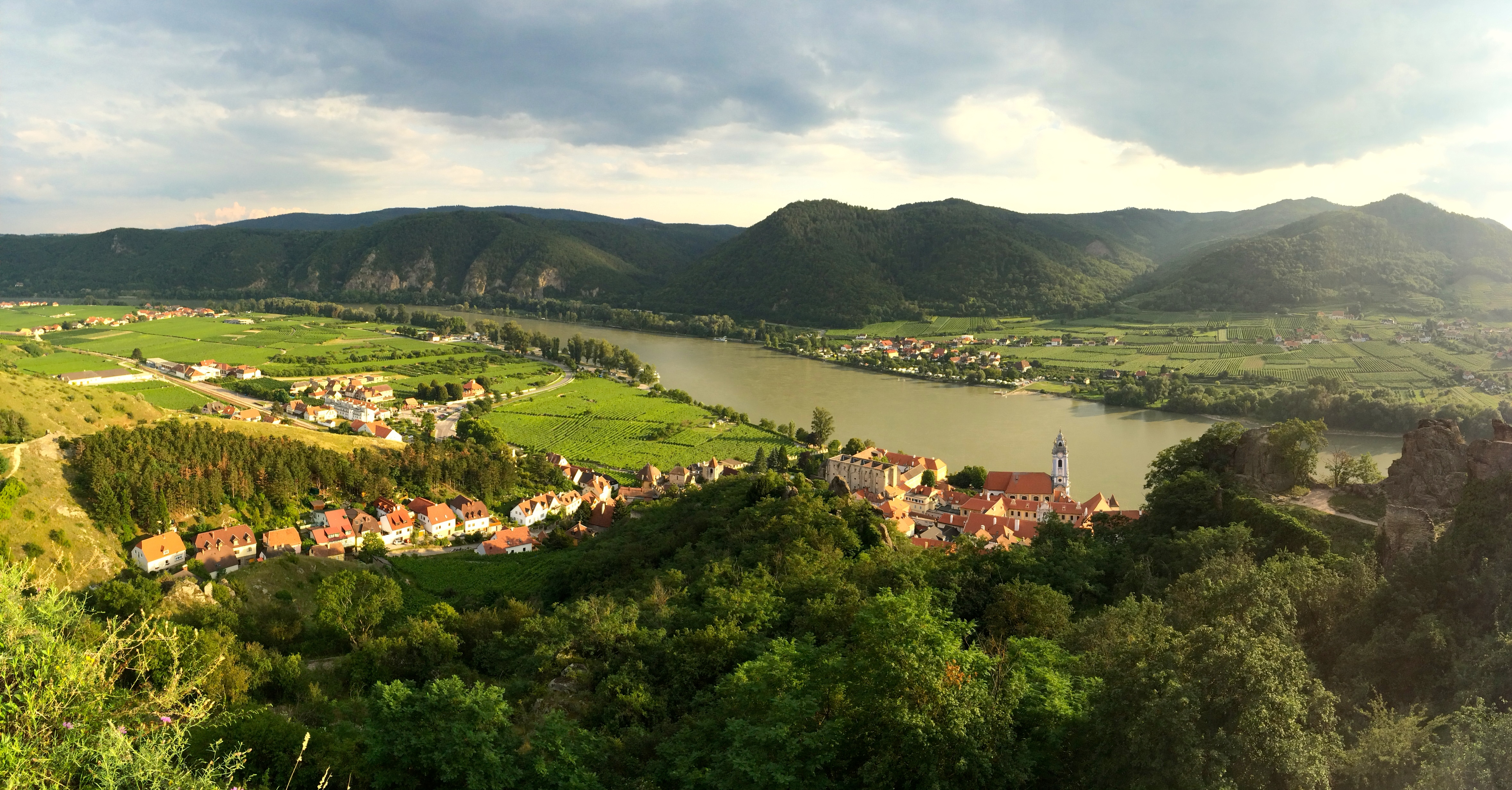
6. Wachau
The Wachau is an Austrian valley with a picturesque landscape formed by the Danube river. It is one of the most prominent tourist destinations of Lower Austria, located midway between the towns of Melk and Krems that also attracts "connoisseurs and epicureans" for its high-quality wines. It is 36 kilometres in length and was already settled in prehistoric times. A well-known place and tourist attraction is Dürnstein, where King Richard the Lionheart of England was held captive by Duke Leopold V of Austria and Styria. The architectural elegance of its ancient monasteries, castles and ruins combined with the urban architecture of its towns and villages, and the cultivation of vines as an important agricultural produce are the dominant features of the valley.





7. St Anton am Arlberg
Sankt Anton am Arlberg, commonly referred to as St. Anton, is a village and ski resort in the Austrian state of Tyrol. It lies in the Tyrolean Alps, with aerial tramways and chairlifts up to 2,811 m (9,222 ft), yielding a vertical drop of 1,507 m (4,944 ft). It is also a popular summer resort among hikers, trekkers and mountaineers. Skiing has a long history in St. Anton: ski instructors from the area emigrated to the United States in the 1930s, helping to popularise the sport. St. Anton was the host of the Alpine World Ski Championships in 2001, and is frequently listed as one of the world's top skiing resorts both in terms of skiing available and après-ski entertainment.




8. Grossglockner Alpine Road
The Grossglockner High Alpine Road is the highest surfaced mountain pass road in Austria. It connects Bruck in the state of Salzburg with Heiligenblut in Carinthia via Fuscher Törl at 2,428 m (7,966 ft) and Hochtor Pass at 2,504 m (8,215 ft). The road is named after the Grossglockner, Austria's highest mountain. Built as a scenic route, a toll is assessed for passage.





9. Zillertal Alps
The Zillertal Alps (Italian: Alpi Aurine; German: Zillertaler Alpen) are a mountain range of the Central Eastern Alps on the border of Austria and Italy.
/GettyImages-468963673-5ad40ad2fa6bcc0036add08a.jpg)
10. Graz
Graz is the capital city of the Austrian state of Styria and second-largest city in Austria after Vienna. As of 1 January 2021, it had a population of 331,562 (294,236 of whom had principal-residence status). In 2018, the population of the Graz larger urban zone (LUZ) stood at 652,654, based on principal-residence status. Graz is known as a college and university city, with four colleges and four universities. Combined, the city is home to more than 60,000 students. Its historic centre (Altstadt) is one of the best-preserved city centres in Central Europe.



